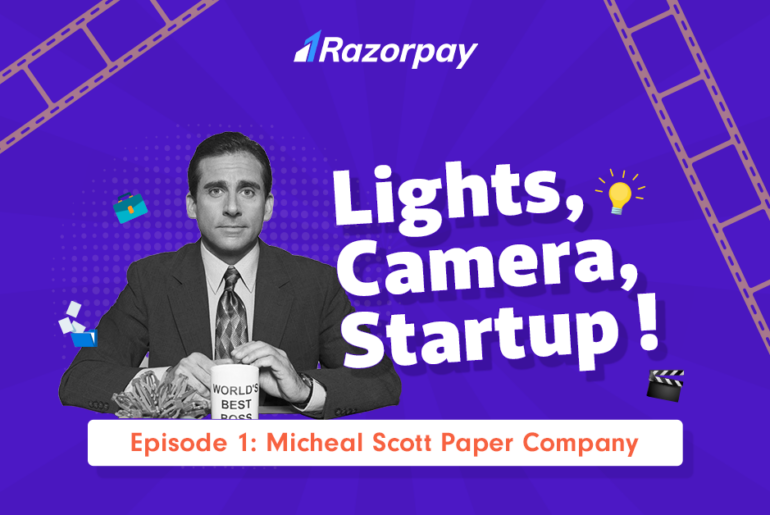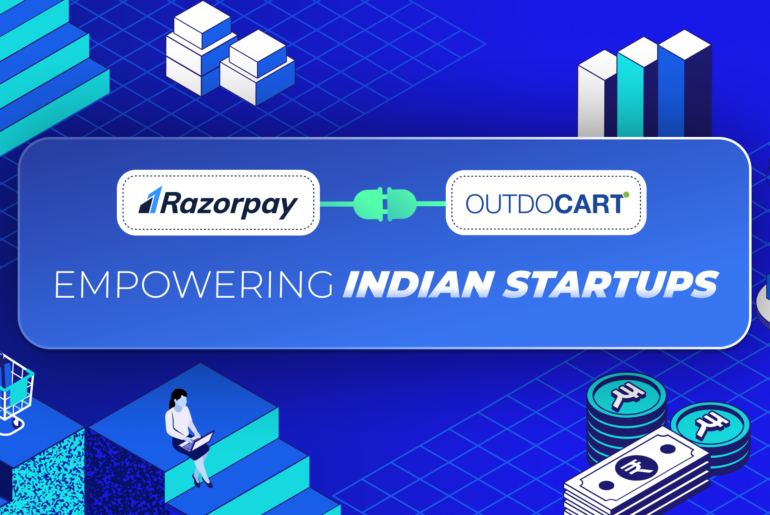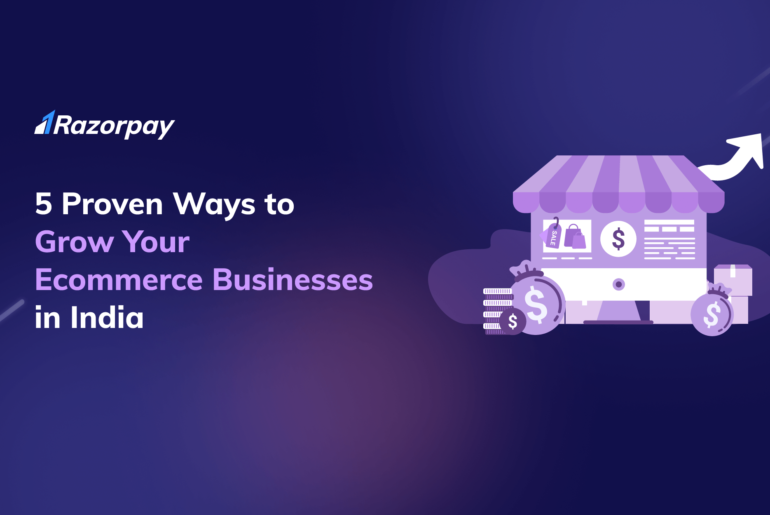Last week we talked about the basics of social media for your business – which channels to target and how to set up your social media business profiles. Now that you’ve started your business and set up your social media profiles, where do you go from there?
The best part about using social media to build your business is that it helps in getting leads at a lower cost, while increasing your brand awareness and recall, thus making it a very ROI focussed channel
Paid vs Organic Social Media Marketing
Traffic acquired from social media can be attributed to two types of digital marketing tactics – Paid social media marketing and Organic social media marketing. Depending on the social media platform, the goals of these two can vary
Paid social media marketing, is a tactic through which you can acquire traffic and leads for your website, by running paid ads on social networks.Through various formats like text, images, and video, you can keep your ad content fresh and original.
The biggest benefit of using Paid social media is that almost all social network platforms give you clear metrics to measure your performance: CTR (Click-through rate), CPC (Cost per Conversion) and your overall ROI (Return on Investment).
Organic social media marketing involves engaging visitors to your social media profiles via content and posts and leading them to your website without paying for it. This would help you acquire users who come across your posts and social media profiles organically.
Unfortunately, social media platforms like Facebook use an algorithm to prevent businesses’ posts from filling up people’s feeds, limiting your reach to people who follow your page and their networks. The primary goal of Organic social media marketing is to create engagement and increase Earned media.
“Earned media is any publicity you haven’t paid for that’s owned and created by a third party” – Hubspot
Earned Media helps in determining the total cost of traffic that has been generated through organic social media when compared to paid social media.
Earned Media = Organic Traffic * Per Traffic Cost through Paid Social Media
The end goal of Earned Media is the overall organic conversions through Organic Social Media
For content to perform well, its advisable to boost and increase the reach of it. This, in turn, helps in increasing the revenue through organic media at a lesser cost.

How do you measure Content Engagement
Getting ROI on your content requires aggressively pushing it onto the screens of relevant audiences. This is accomplished through content distribution, and social media is the best way to distribute your content. Now how do you see if your content is doing well? This is where Engagement metrics come in.
Engagement can be measured through likes, shares, comments, clicks, and reach of your content. Engagement metrics helps you determine the performance and success rate of your distributed content further assisting in the creation of a content marketing and distribution strategy.
Social media dashboards like Facebook insights and Twitter analytics can help you view these engagement metrics so you can determine what content works and what doesn’t.
Different kinds of businesses require different social media requirements, B2B companies usually focus on using Linkedin, Twitter, and Youtube. B2C companies optimize Facebook, Instagram, Snapchat, Pinterest, YouTube, Twitter, Linkedin, Quora, Tumblr and local Chat Messengers (WeChat, Viber, Messenger, Whatsapp, Line, etc)

How to Identify your Target Audience
The initial identification of your Target Audience can be determined by sending emails to an existing set of email addresses that you can generate through outbound activities/events. The questionnaire should entail demographics, interests, affinity, and behavior related questions.
Once initial targeting is done, you can further streamline the targeting process through the leads generated and creating lookalike audiences
The Social Media tools that you can use are :
- Buffer for scheduling the posts and resharing them on the basis of engagement performance
- HootSuite to keep track of mentions and answering customer complains
- Social Media Analytics – The analytics within each social media channels to determine performance, clicks, and delivery

How do you measure Attribution
The biggest challenge you’ll face will be tracking the final conversions and the attribution. Almost 45% conversions today are multi-device conversions. Tracking multi-device conversions are not possible on Google Analytics as it relies on Cookie based measurement as opposed than people based measurement.
Consider this, a senior enterprise customer is in a cab back home, and during that time the customer goes through Facebook and sees your ad. Later, he reaches home, goes through your product over his laptop and purchases it. This kind of behavior cannot be determined by cookie-based measurement followed by google analytics.
Hence, we always end up giving the complete attribution to the last click. Rather than trusting Google Analytics as the only source of truth, it’s also important to take into consideration the analytics within Social Media Channels as well i.e Facebook Analytics

If you came across a few terms that you didn’t understand in this blog post, this glossary should help.



